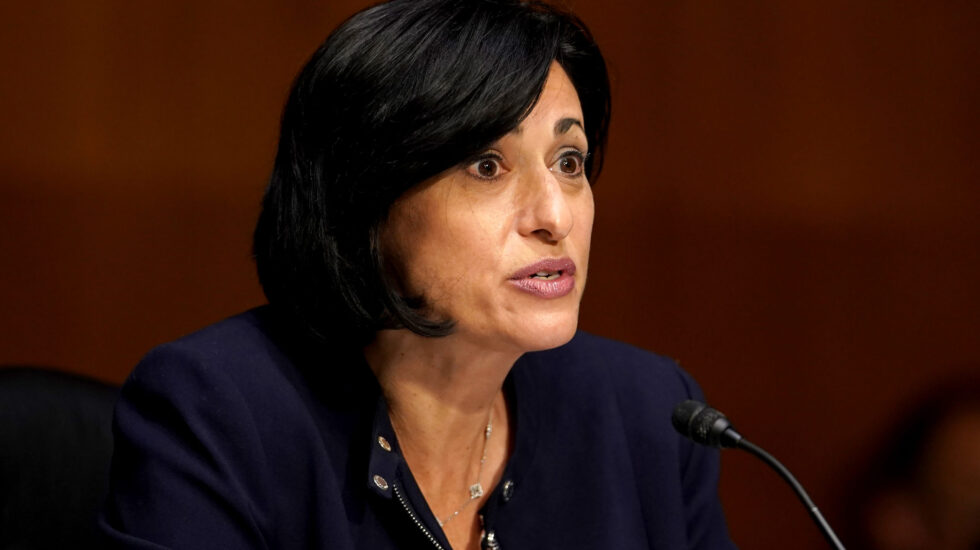All of the omicron cases detected in the U.S. have been “mild,” according to the director of the Centers for Disease Control and Prevention, Dr. Rochelle Walensky.
The most prevalent symptoms have been cough, congestion and fatigue.
That echoes reports out of South Africa, where omicron was first detected. The symptoms displayed by patients at the country’s largest private hospital network, Netcare, “are far milder than anything we experienced during the first three waves,” according to an executive.
“About 90% of Covid patients currently in Netcare hospitals need no oxygen therapy and are considered incidental cases,” reports Bloomberg. Only four people have died of COVID-19 in the hospital system since November 15th and all of them had “significant co-morbidities.”
The New York Times provides important context:
…scientists cautioned against placing too much stock in either the potential good news of less severity, or bad news like early evidence that prior coronavirus infection offers little immunity to Omicron. The variant was discovered just last month, and more study is needed before experts can say much about it with confidence. Beyond that, the true impact of the coronavirus is not always felt immediately, with hospitalizations and deaths often lagging considerably behind initial outbreaks.
Dr. Emily S. Gurley, an epidemiologist at Johns Hopkins Bloomberg School of Public Health, said of the signs that the variant is less severe, “It would not be shocking if that’s true, but I’m not sure we can conclude that yet.”
In the U.S. “the finding that nearly all of the cases so far are mild may be a reflection that this first look at… omicron cases captured mainly vaccinated people, who are expected to have milder illnesses,” The Associated Press explains. Walensky told the outlet that three-quarters of the patients infected with omicron have been vaccinated. A third had received boosters, but several of them contracted the new variant within the two-week window before the additional shot takes full-effect.
“What we generally know is the more mutations a variant has, the higher level you need your immunity to be. … We want to make sure we bolster everybody’s immunity. And that’s really what motivated the decision to expand our [booster] guidance,” Walensky said.
On Wednesday, Pfizer reported that a booster shot of its COVID-19 vaccine provides high protection against omicron.
“When I look to what the future holds, so much of that is definitely about the science, but it’s also about coming together as a community to do things that prevent disease in yourself and one another. And I think a lot of what our future holds depends on how we come together to do that,” Walensky added.
